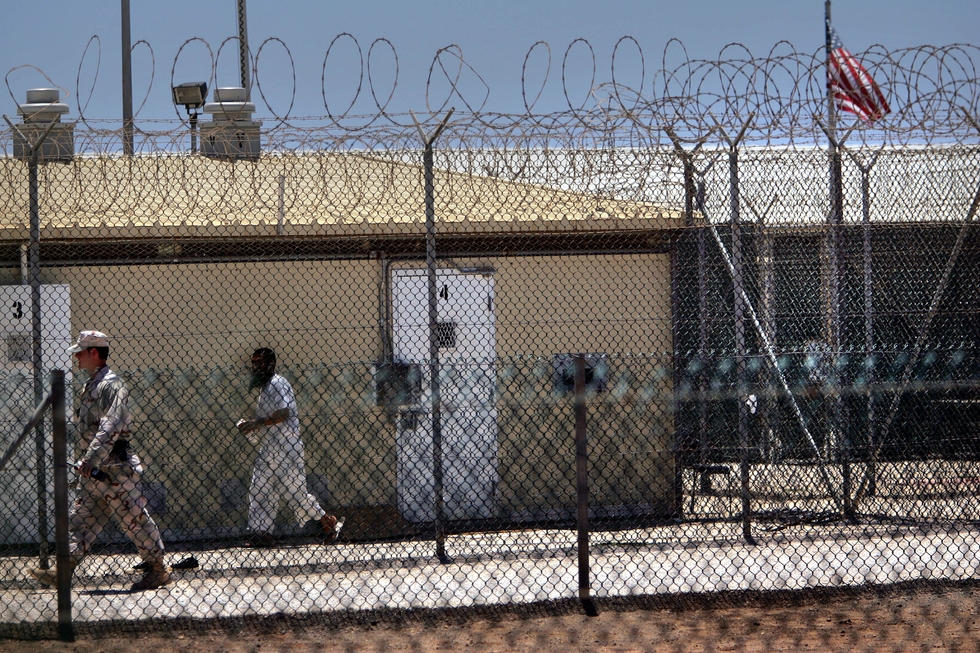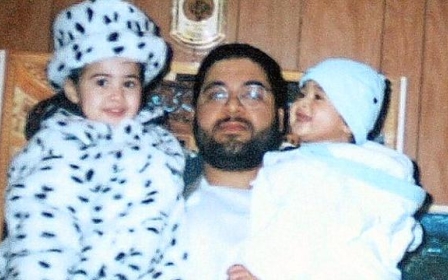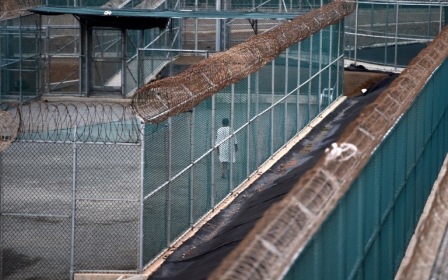17 Guantanamo Bay detainees approved for transfer: US official

US Defense chief Ashton Carter has approved the transfer of 17 low-risk detainees from Guantanamo Bay, a senior defense official said on Thursday, in a move that puts the military prison's population below 100.
President Barack Obama pledged to shut the facility - reviled by critics as a stain on America's moral character that helped fuel anti-US militant propaganda - when he took office in 2009, but his efforts have failed and time is quickly ticking down on his presidency.
"We found homes for the 17" detainees, the official told AFP, speaking on condition of anonymity, noting that several countries had agreed to take the men.
The official declined to comment which countries are involved. Many of the 17 come from war-torn Yemen, so cannot currently be sent back there.
Their transfer will likely come in mid-January, soon after a 30-day congressional notification period, and will see the notorious detention center's population drop to just 90.
Since 2002, a total of 779 detainees have been held at Guantanamo in connection with America's "war on terror."
The 17 who have been approved for transfer come from a group of 48 men that the US military has already agreed should be released, providing suitable homes can be found for them.
"The transfer of 17 detainees from Guantanamo would be a leap forward, considering the snail's pace of past transfers," Naureen Shah, director of Amnesty International USA's security and human rights program, said in a statement.
"It would also signal that President Obama is serious about closing Guantanamo on his watch, which is crucial since the next administration may try to keep it open indefinitely."
Guantanamo Bay sits on the southeastern tip of Cuba but is completely fenced off from the communist island.
Inmates are kept without recourse to regular US legal processes and some likely will die in prison without ever being convicted of a crime.
The five men accused of plotting the 11 September 2001 attacks are slowly winding their way toward a trial but even this high-profile case will likely take years more before a verdict is reached.
Middle East Eye propose une couverture et une analyse indépendantes et incomparables du Moyen-Orient, de l’Afrique du Nord et d’autres régions du monde. Pour en savoir plus sur la reprise de ce contenu et les frais qui s’appliquent, veuillez remplir ce formulaire [en anglais]. Pour en savoir plus sur MEE, cliquez ici [en anglais].




